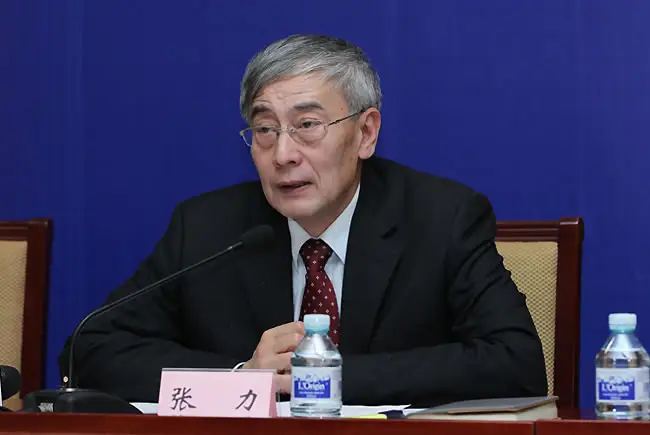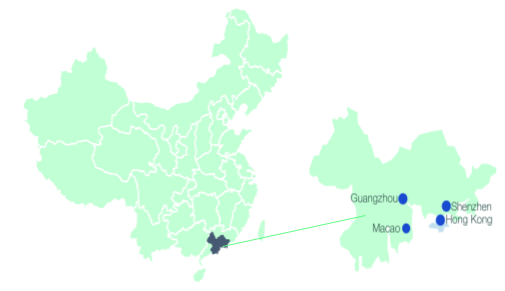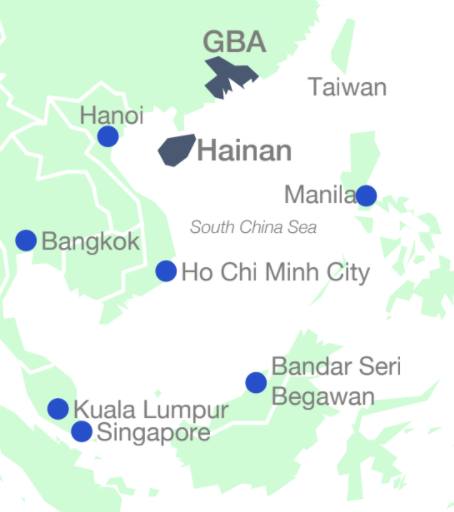Historically a manufacturing hub, the GBA is transforming into a tech and innovation centre. With a robust local economy, high investment in education, a young population and an open-minded culture, the GBA is shaping up as a preferred location for international schools and education JVs. The University of Hong Kong is planning a satellite campus in Shenzhen; it will be the seventh Hong Kong university to set up a campus in the GBA.
Hainan will work with the GBA and Yangtze River Delta (around Shanghai) to integrate education facilities. It aims to attract branch campuses, labs and research centres of domestic and overseas institutions.
Capitalising on its strengths, it plans to specialise in ocean science, tropical agriculture, health, tourism and ethnic heritage protection. To promote investment in education, Hainan proposes subsidies for professional education service providers, start-ups and financing firms.
Strong demand for high-quality, globally-competitive education is expected from expat business owners moving to Hainan with their families. The island seeks to make international education a profitable business, targeting wealthy mainlanders and students from ASEAN countries.
PRC universities go abroad
PRC universities are receiving support to pursue a slice of the global education market in a bid to promote soft power and broader awareness of PRC culture among the young outside China. Beijing views ASEAN as a prime market to expand its cultural and educational reach and strengthen its foothold in the South China Sea region. Hainan, as mentioned above, is aiming to be an ideal destination for ASEAN university students and Guangxi a hub for vocational training in the region. Other Chinese universities are also called on to step up academic collaboration. Xiamen University’s Malaysia campus has been the most successful to date.
Peking University: In 2018, the Peking University HSBC Business School opened a wholly foreign-owned graduate school in the UK in collaboration with Oxford University. The school takes students from around the world and offers graduate degrees in business and management. Students spend one year at Peking University’s Shenzhen campus and one year at Oxford.
Tongji University: In collaboration with local and national agencies, Tongji University opened a campus in Florence in 2013, offering summer courses and exchange programs for Tongji students studying painting and art. In 2019, Tongji and the Università degli Studi di Firenze agreed to set up dual-degree master’s programs in architecture and international relations.
Xiamen University Malaysia: The campus was launched in 2012 at Salak Tinggi and began recruiting from China and ASEAN in 2015. The largest and most successful overseas campus run by a PRC institution, XUMC offers English- taught undergrad degrees in media, business, traditional Chinese medicine, chemistry, marine engineering and ICT.
Lao Soochow University: Soochow University opened a campus in Vientiane, Laos in 2011 as part of a PRC aid program. With a focus on Chinese language training, it also offers undergrad degrees in international economics, finance and computer science. The goal is for graduates to then pursue further study in the PRC.
overseas voc-ed programs Voc-ed ‘going global’ is a new attempt to internationalise Chinese education. BRI (Belt and Road Initiative) countries serve as the main sources for international voc-ed students and the main locations for overseas voc-ed schools. More than 400 voc-ed partnerships with other institutions have been established, and the number of full-time international students enrolled in China has reached 17,000. Additionally, 20 ‘Luban Workshops’, named after a mythical Chinese carpenter, operate overseas.










